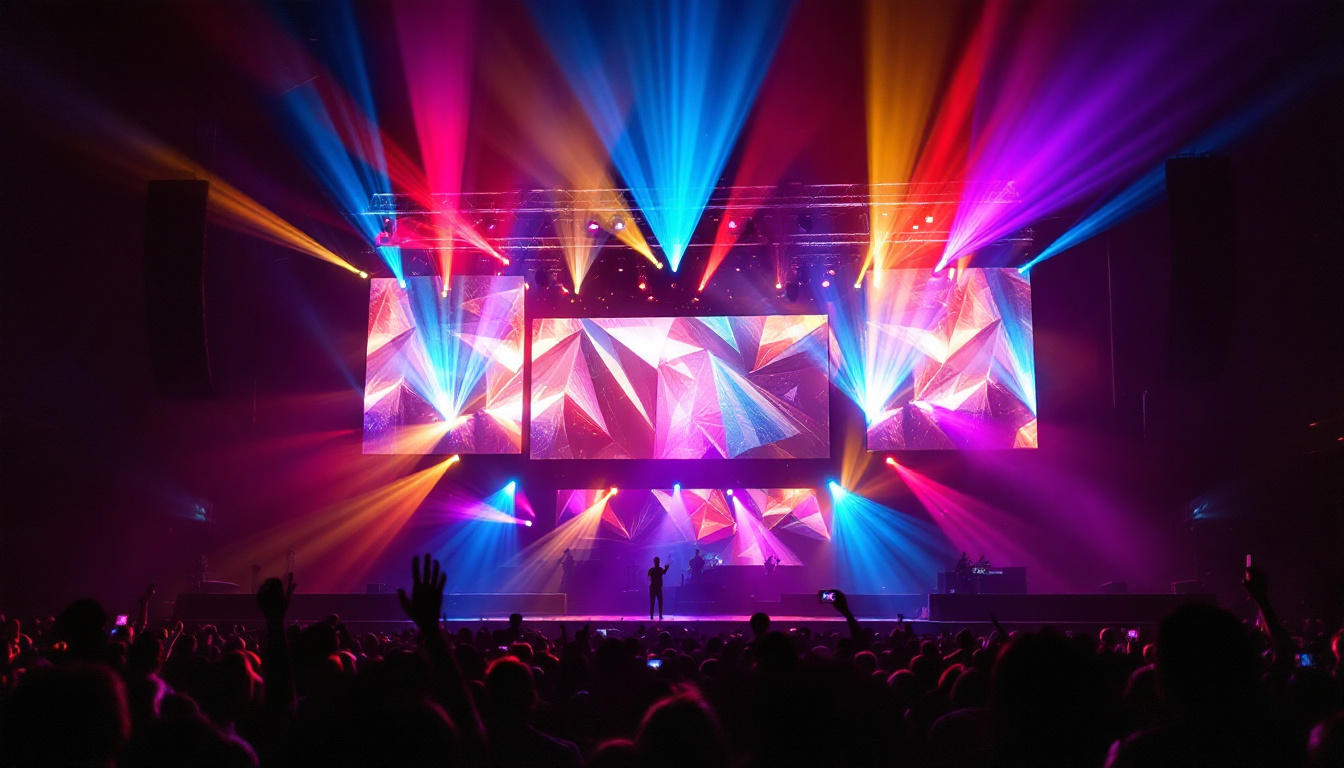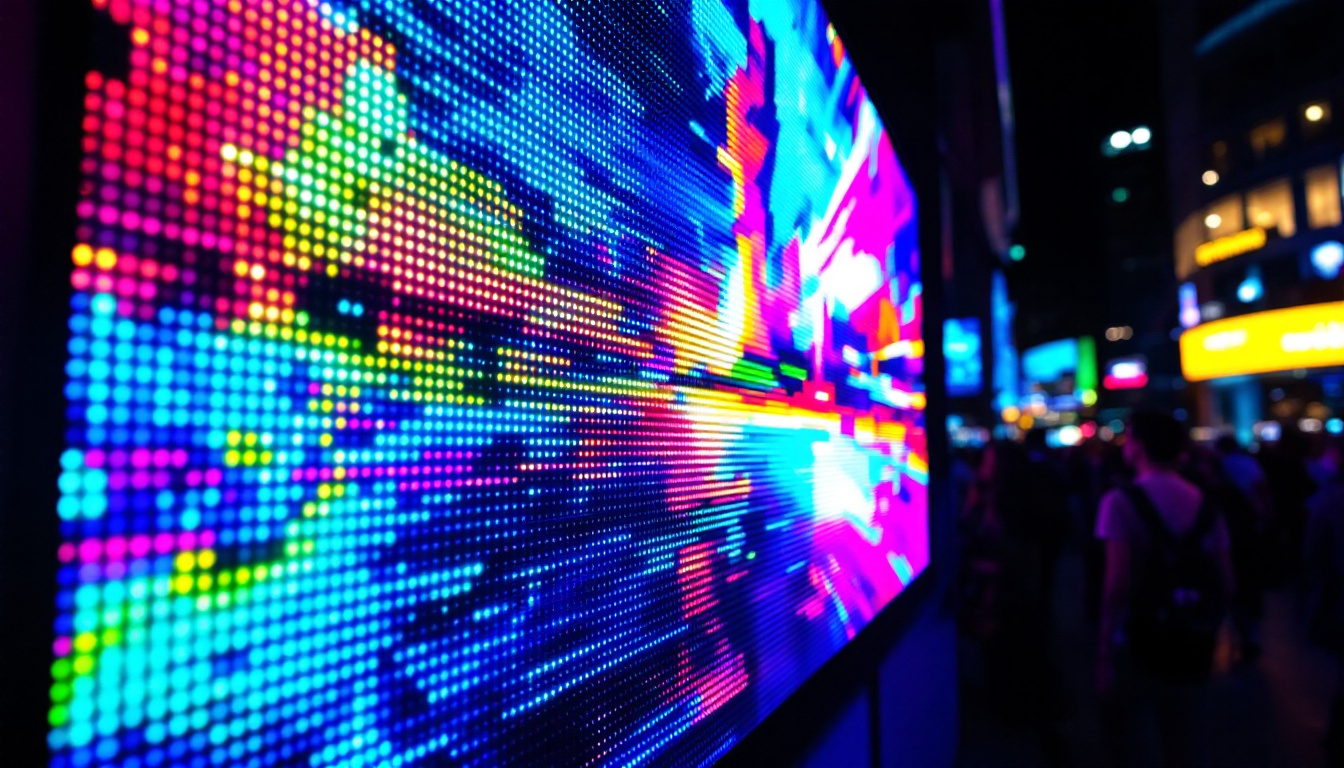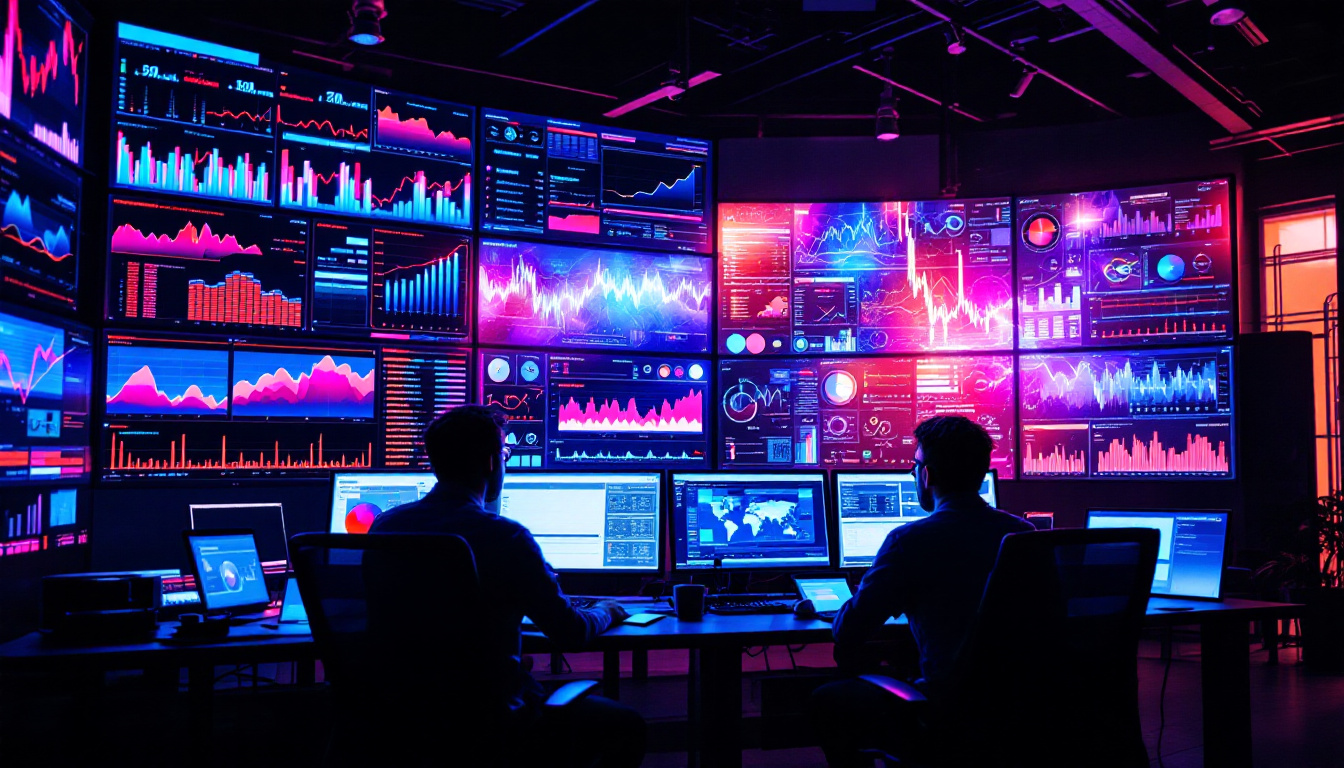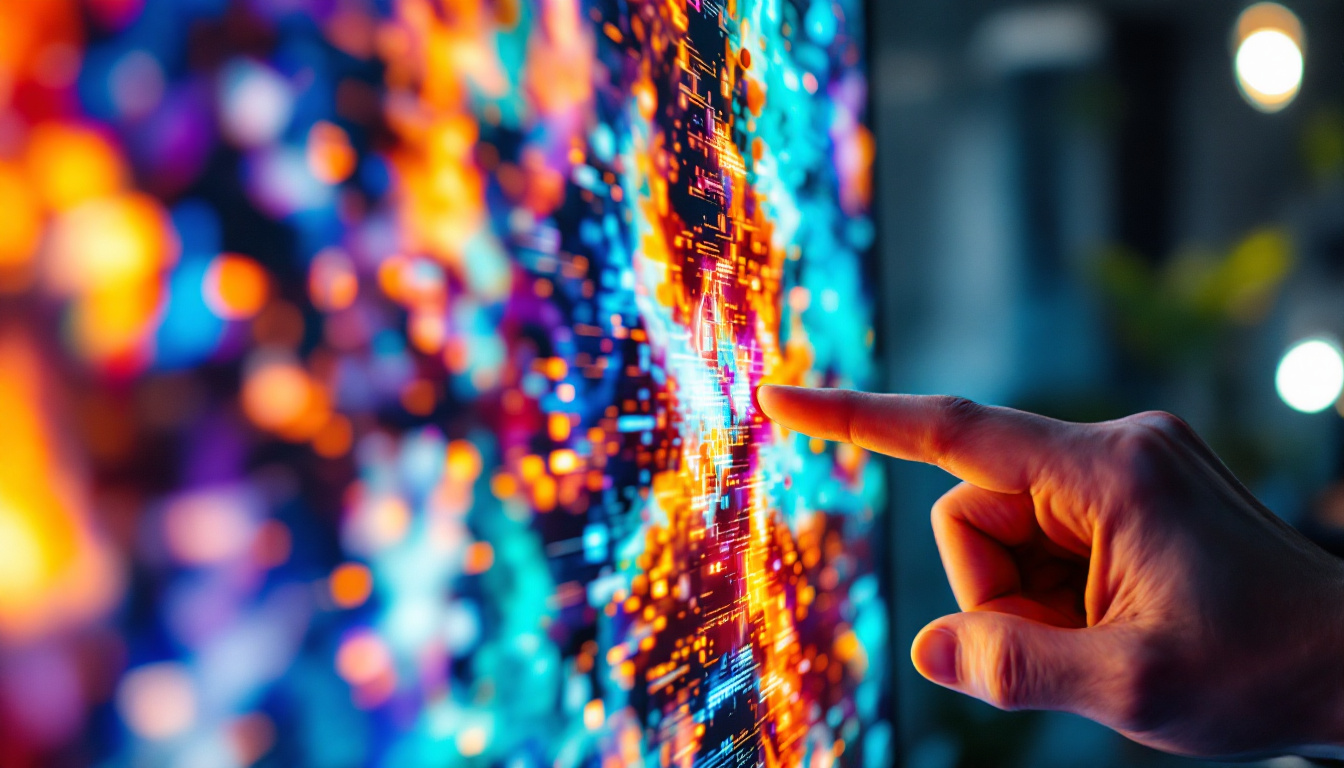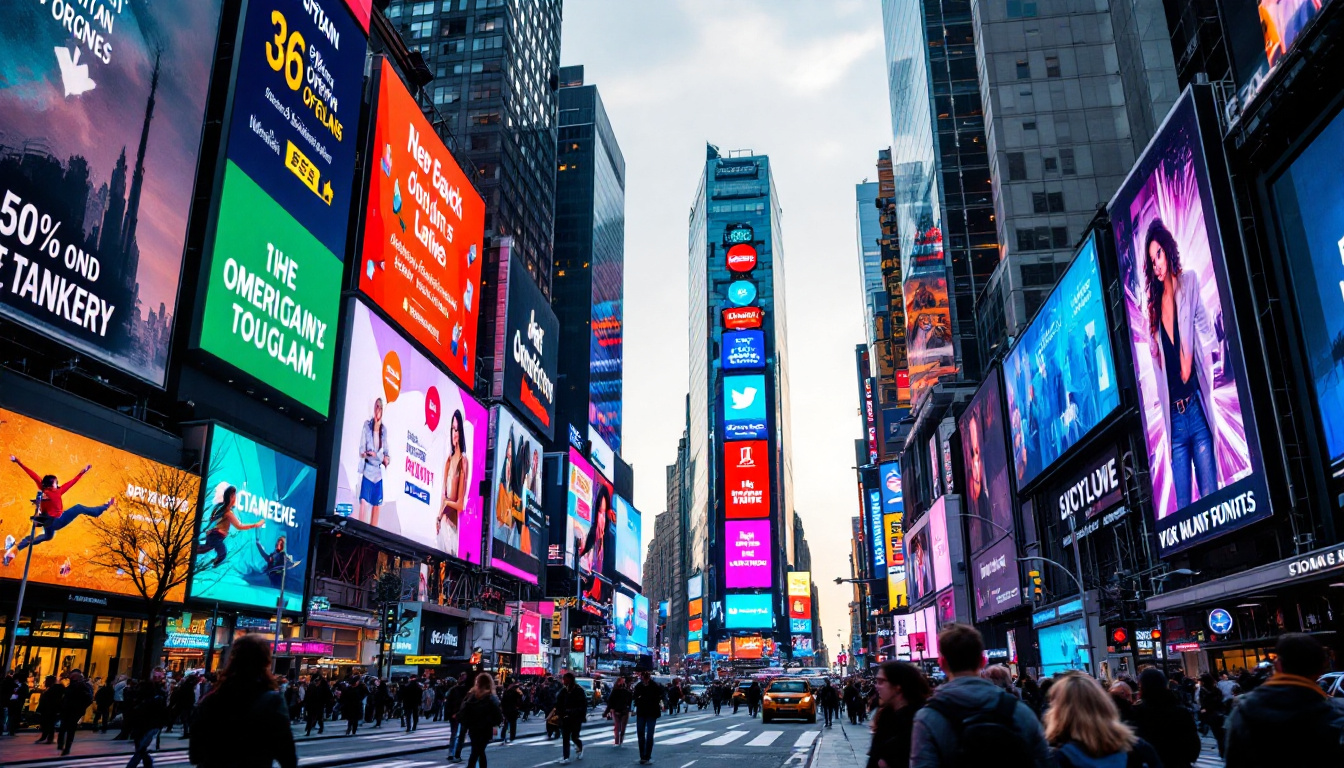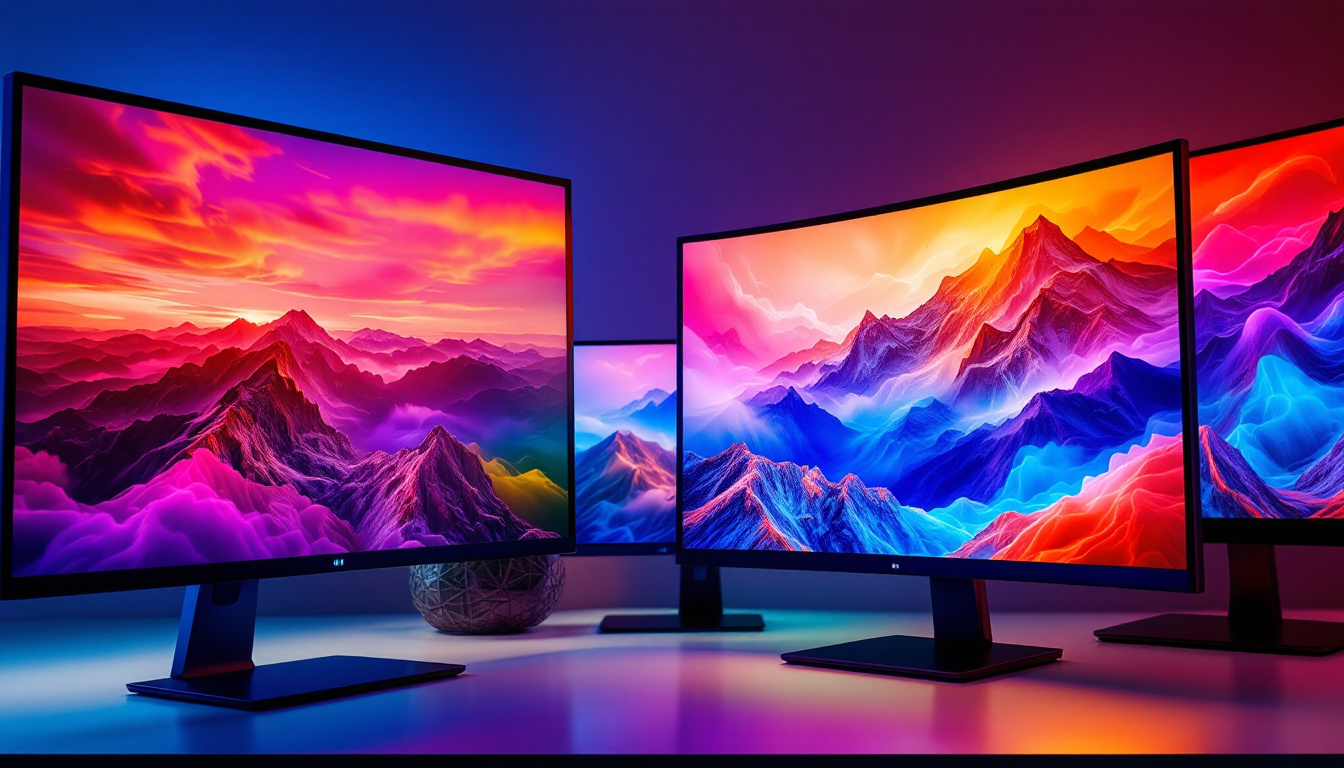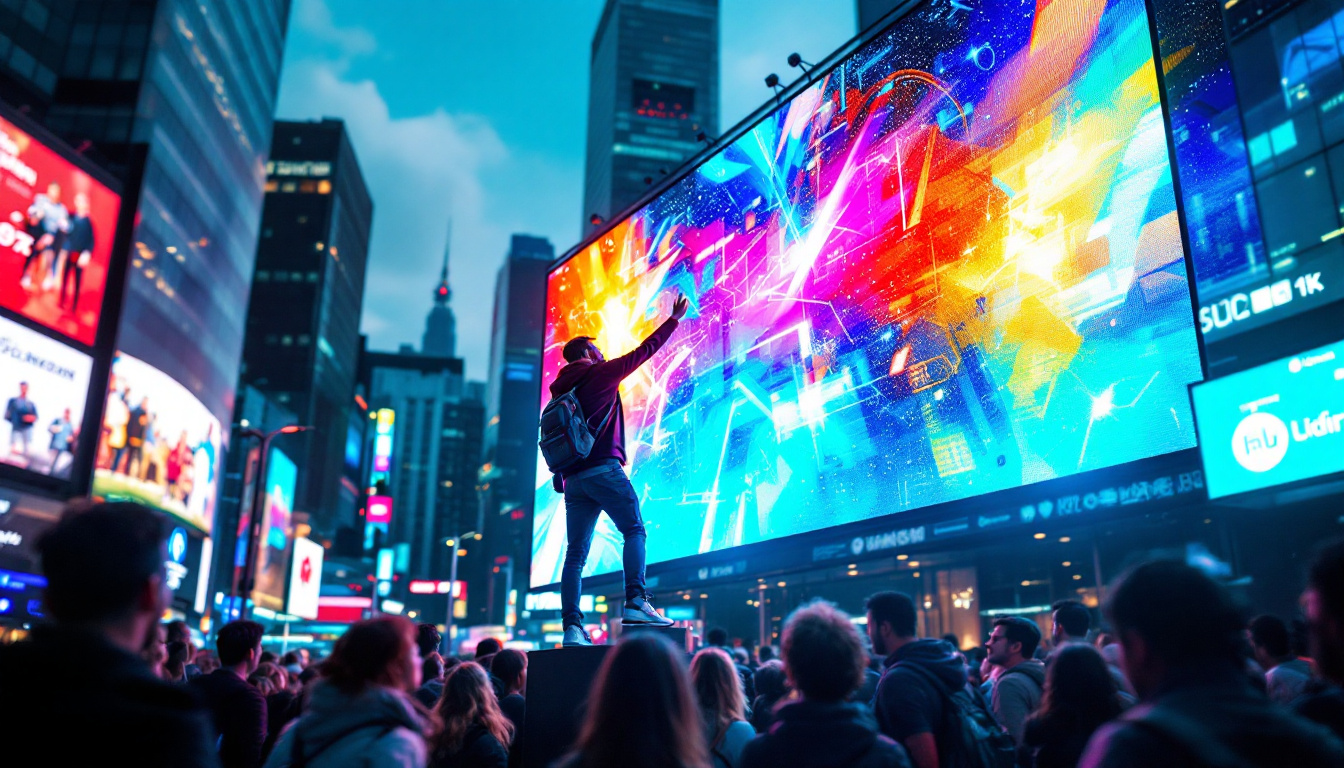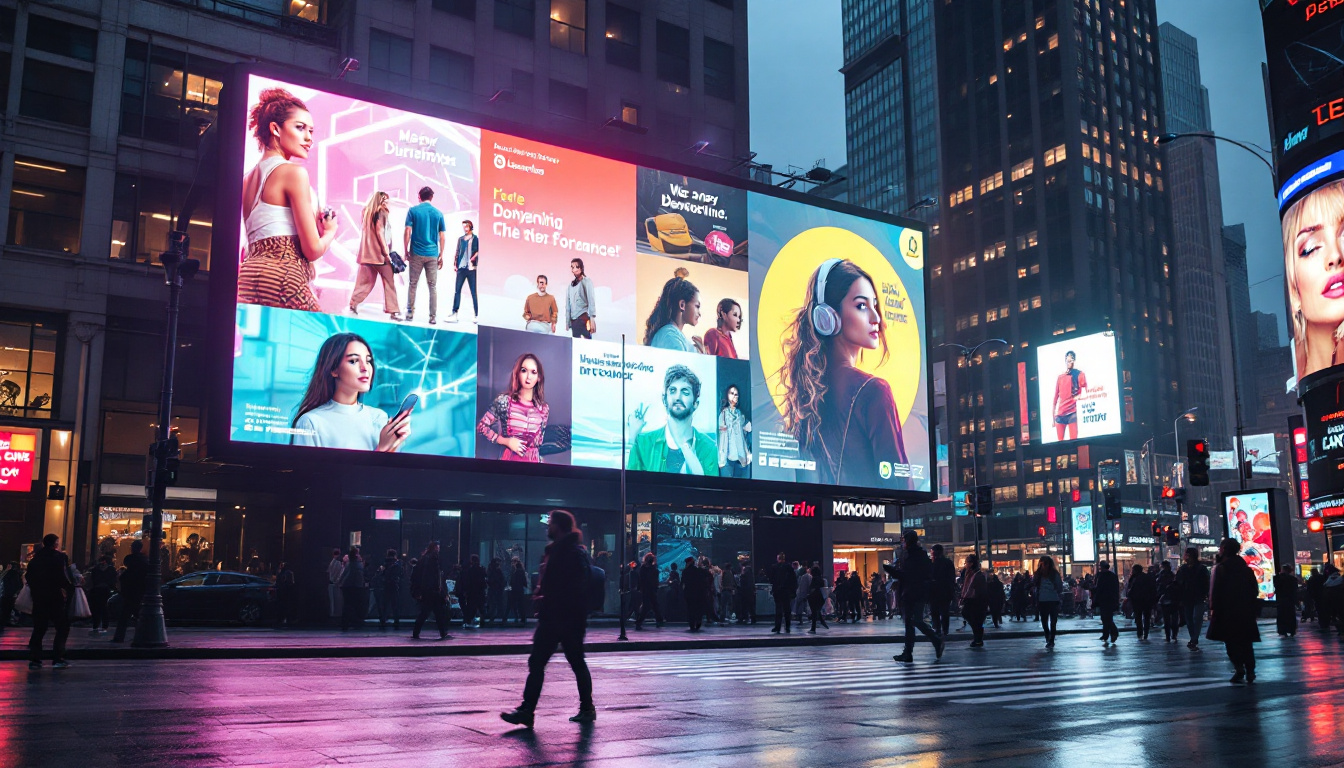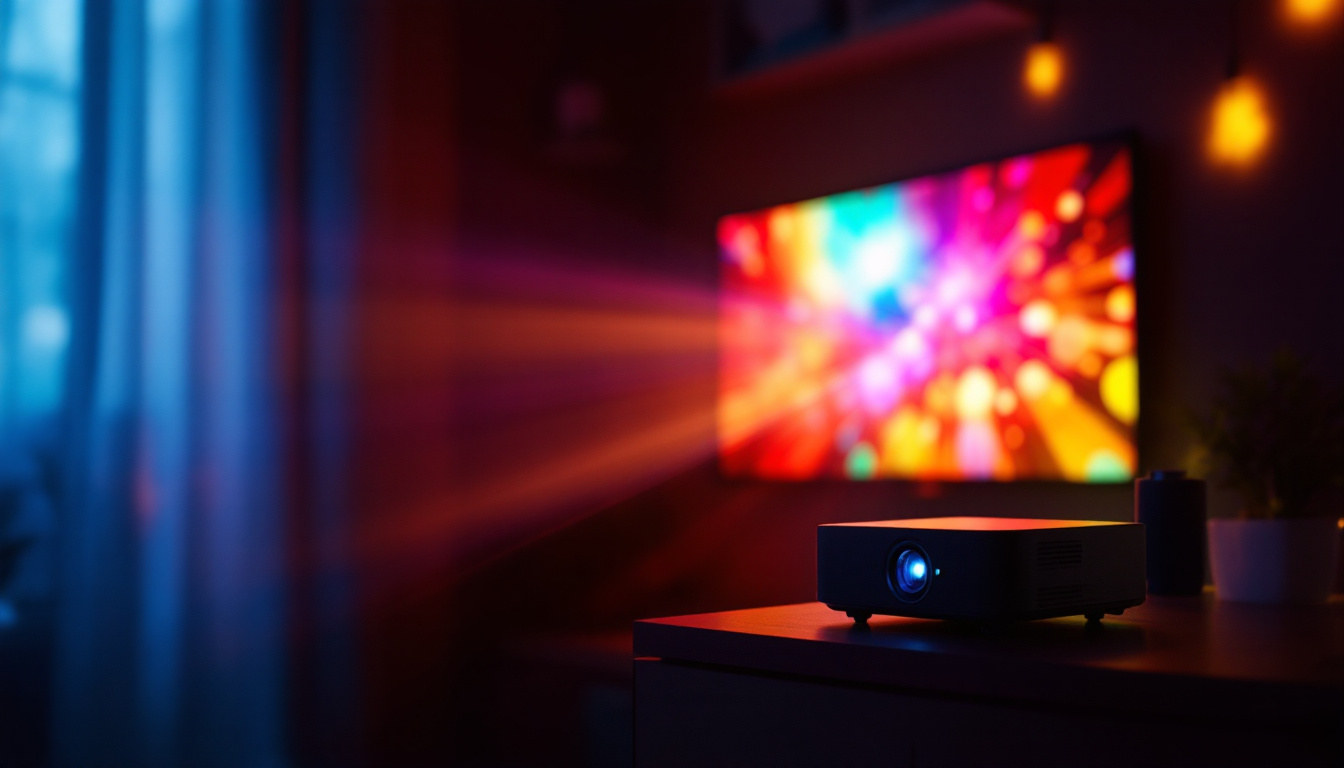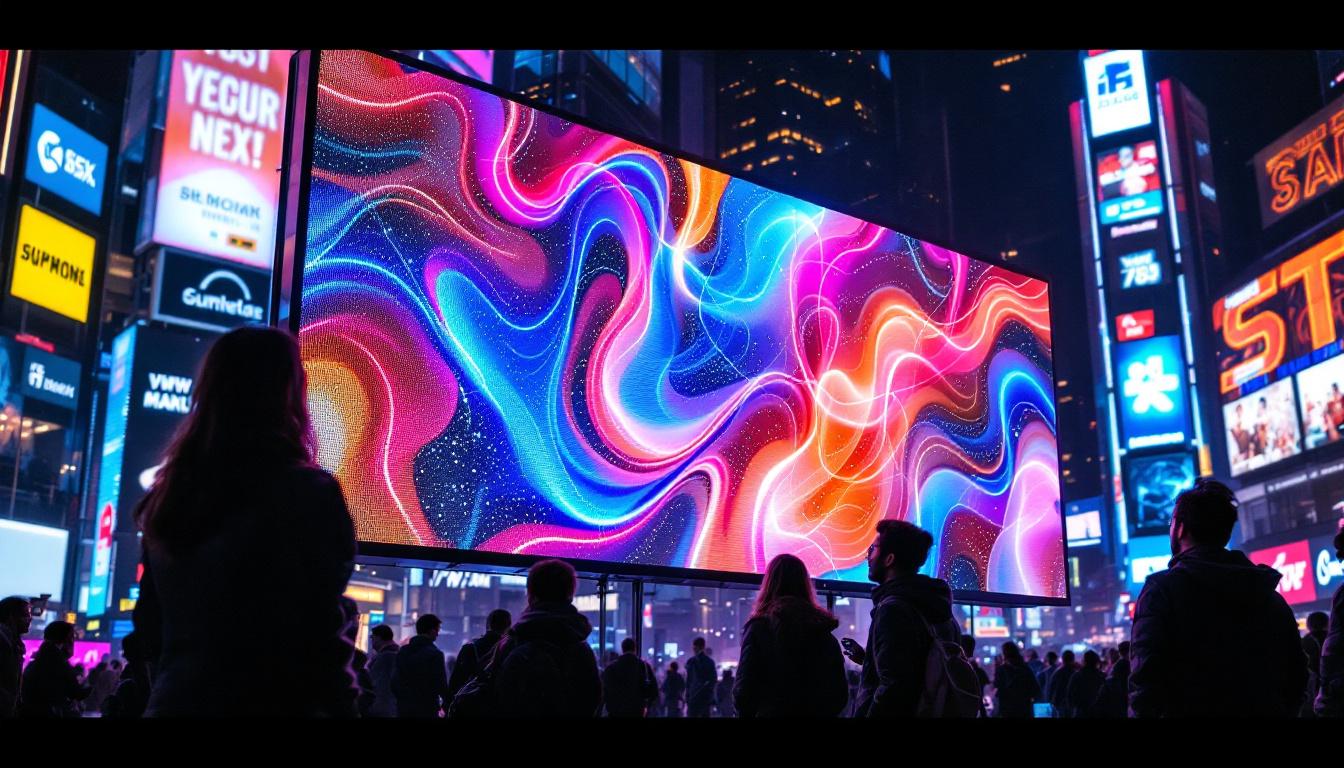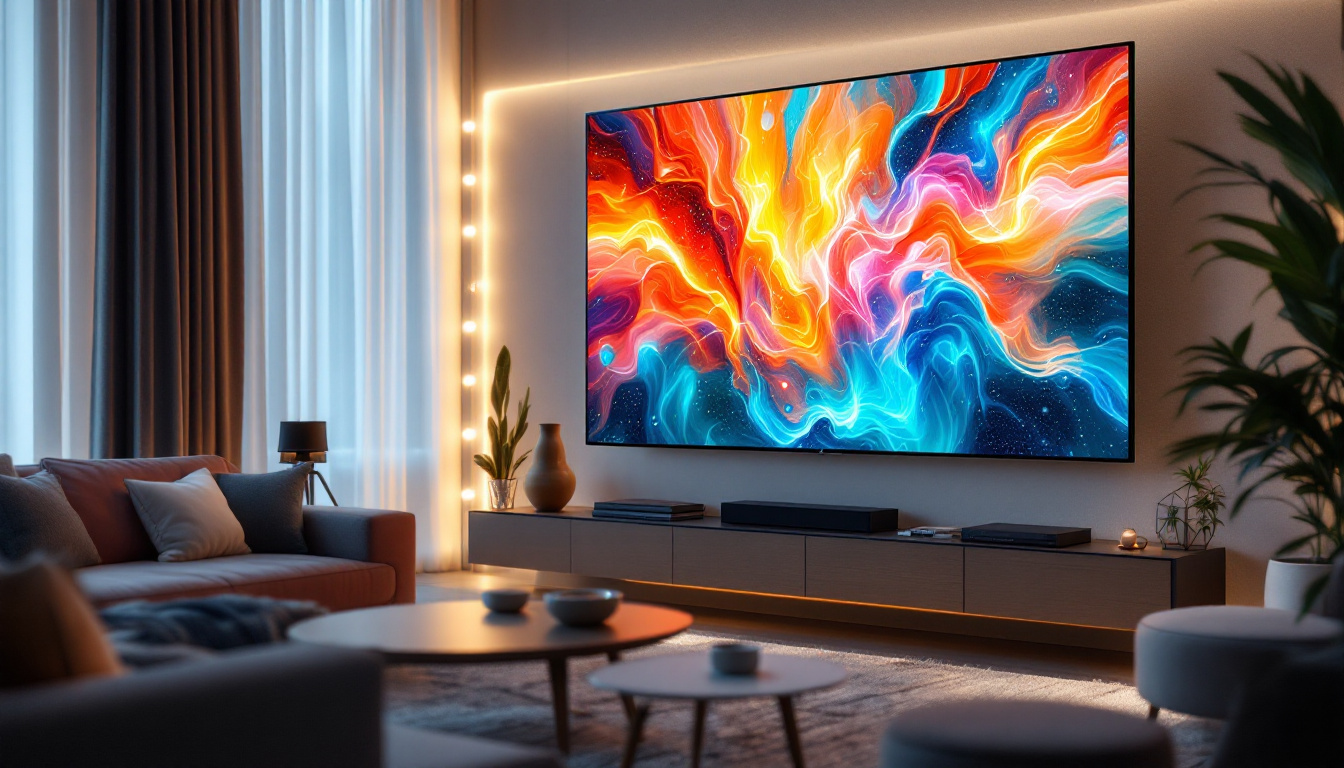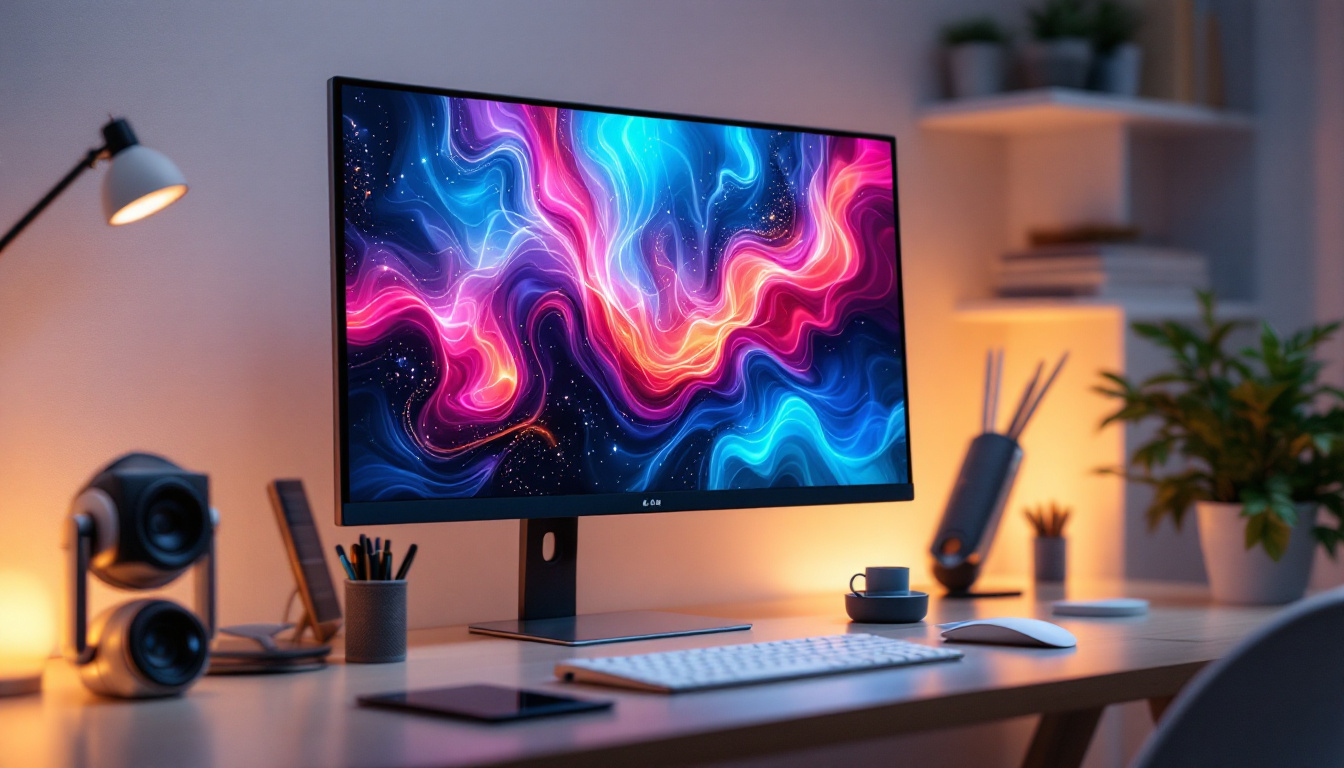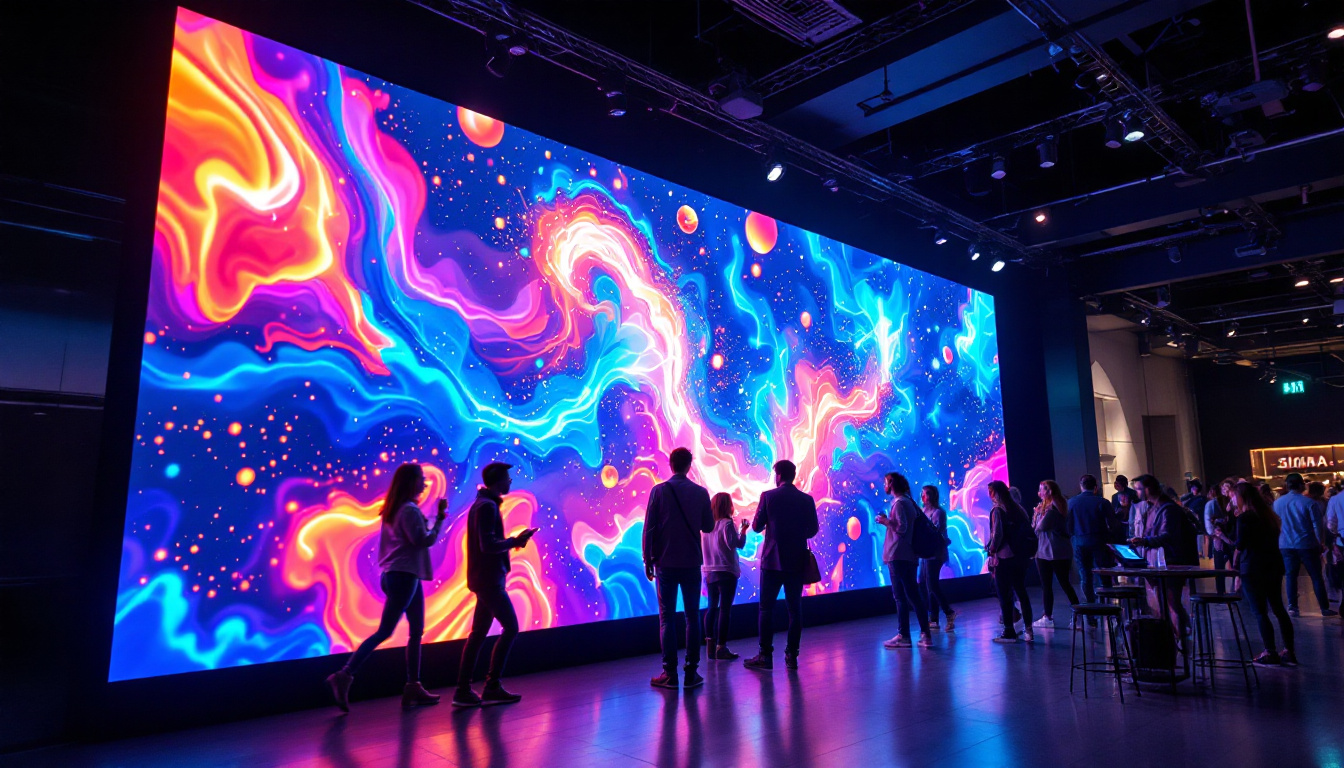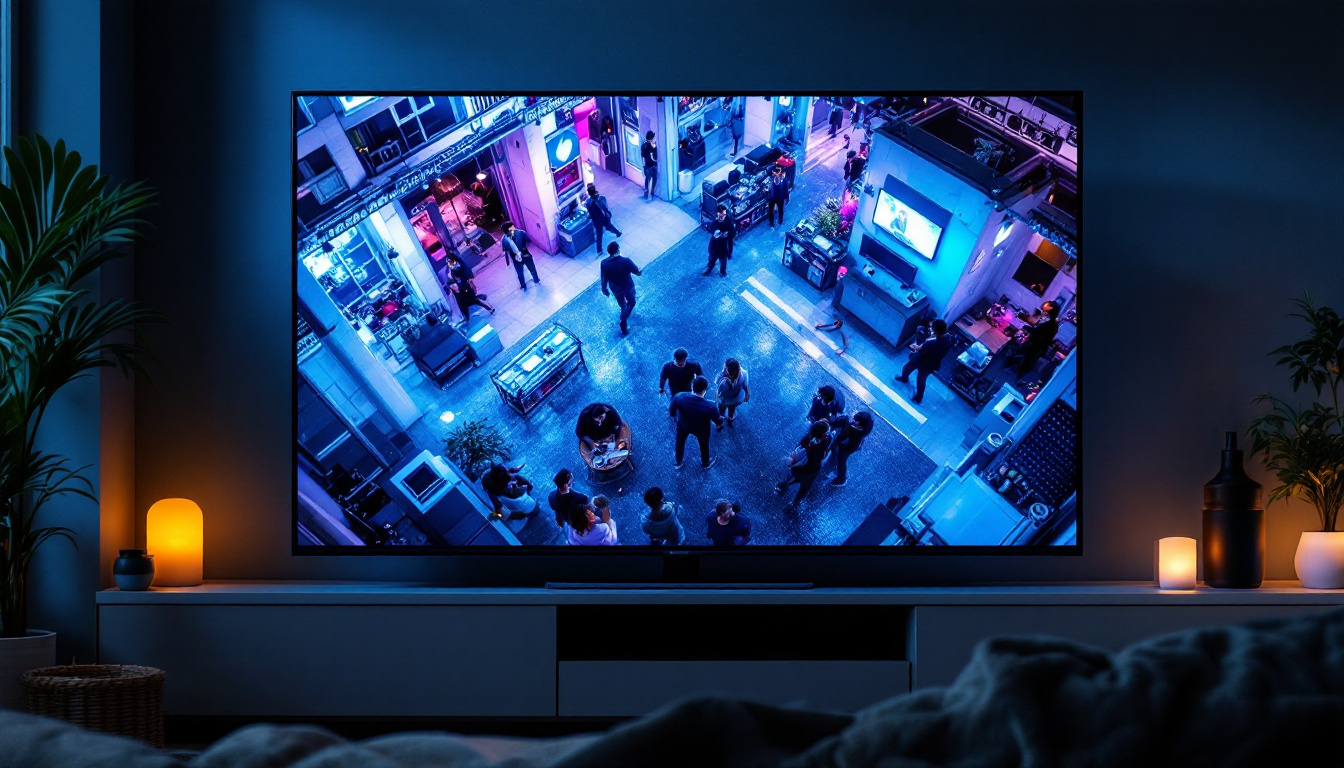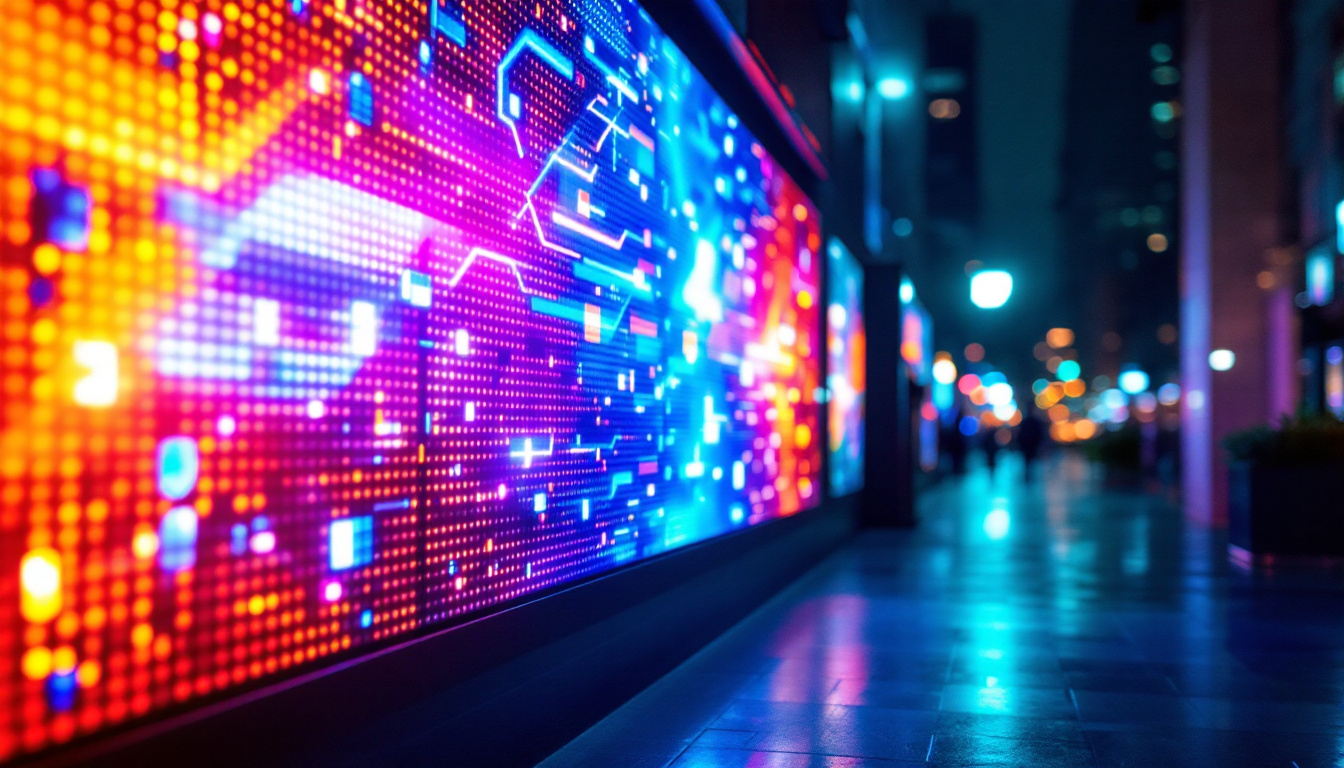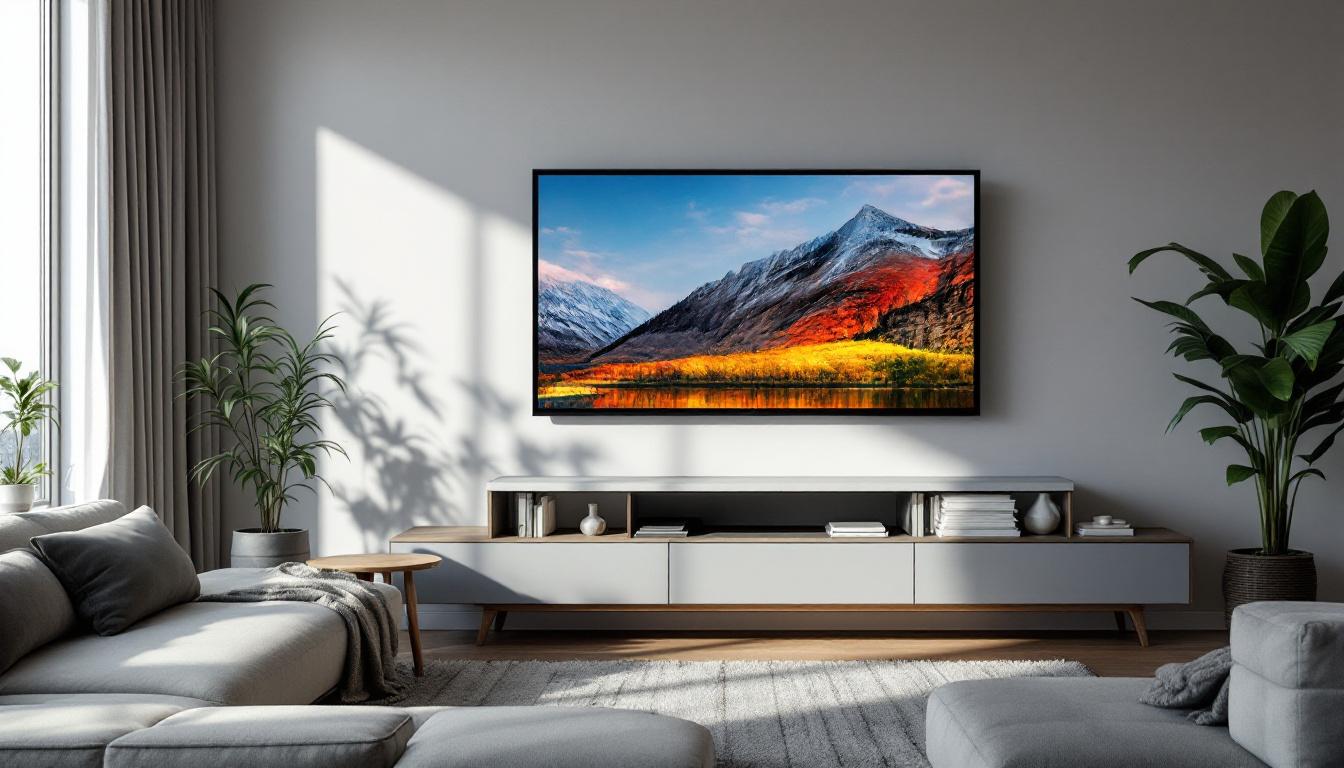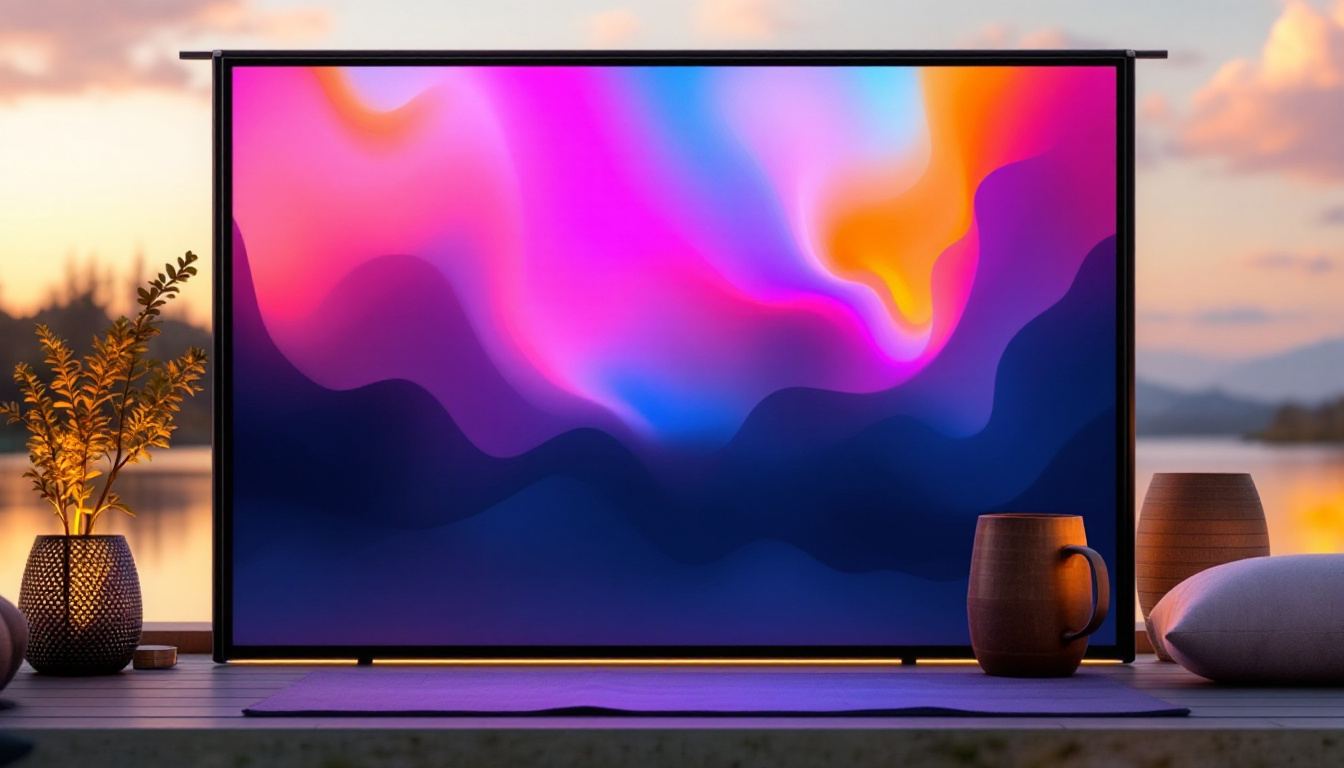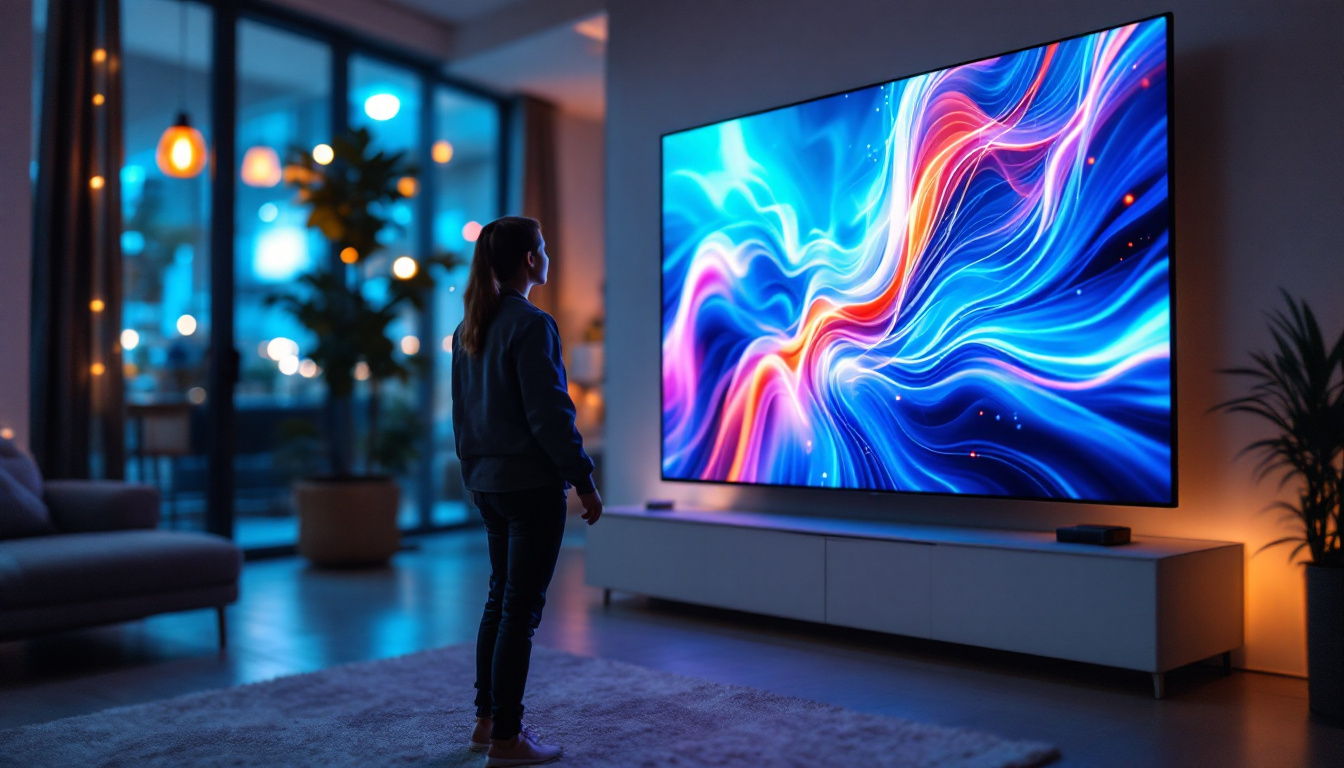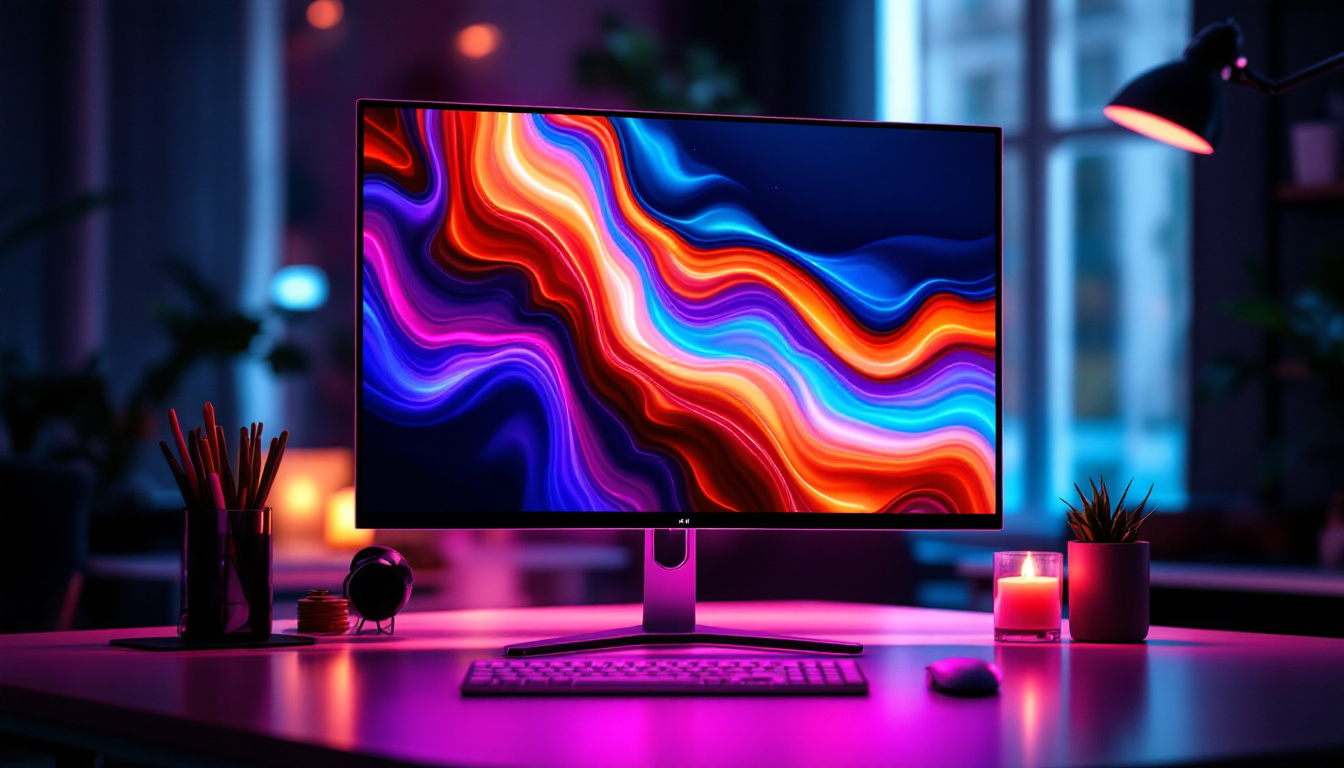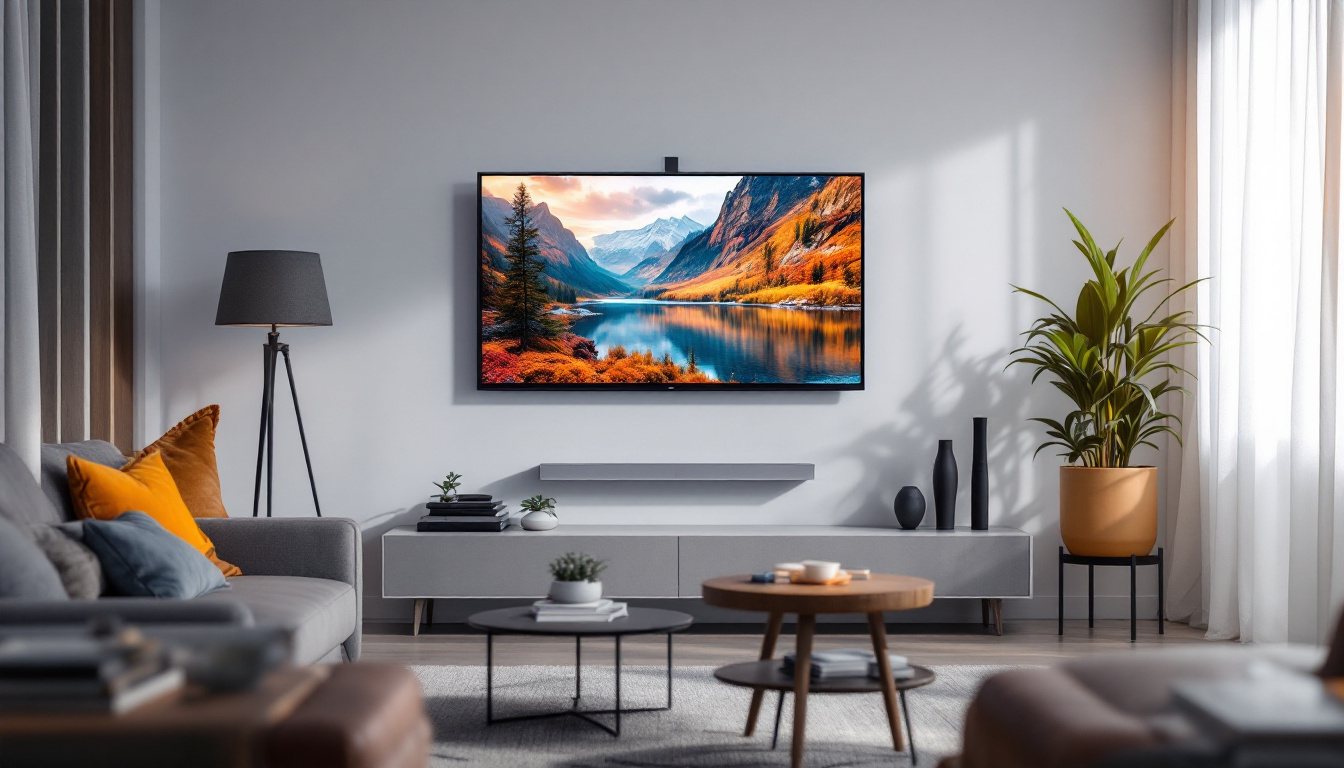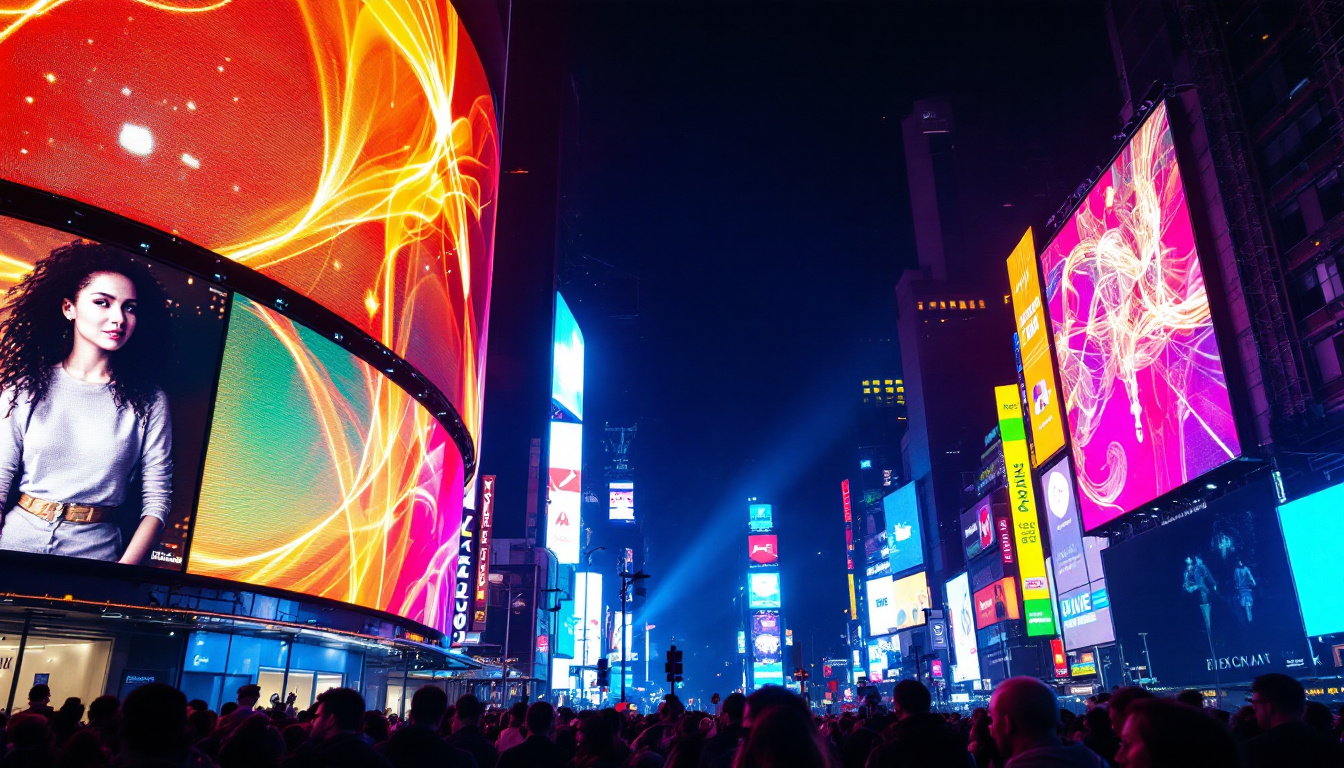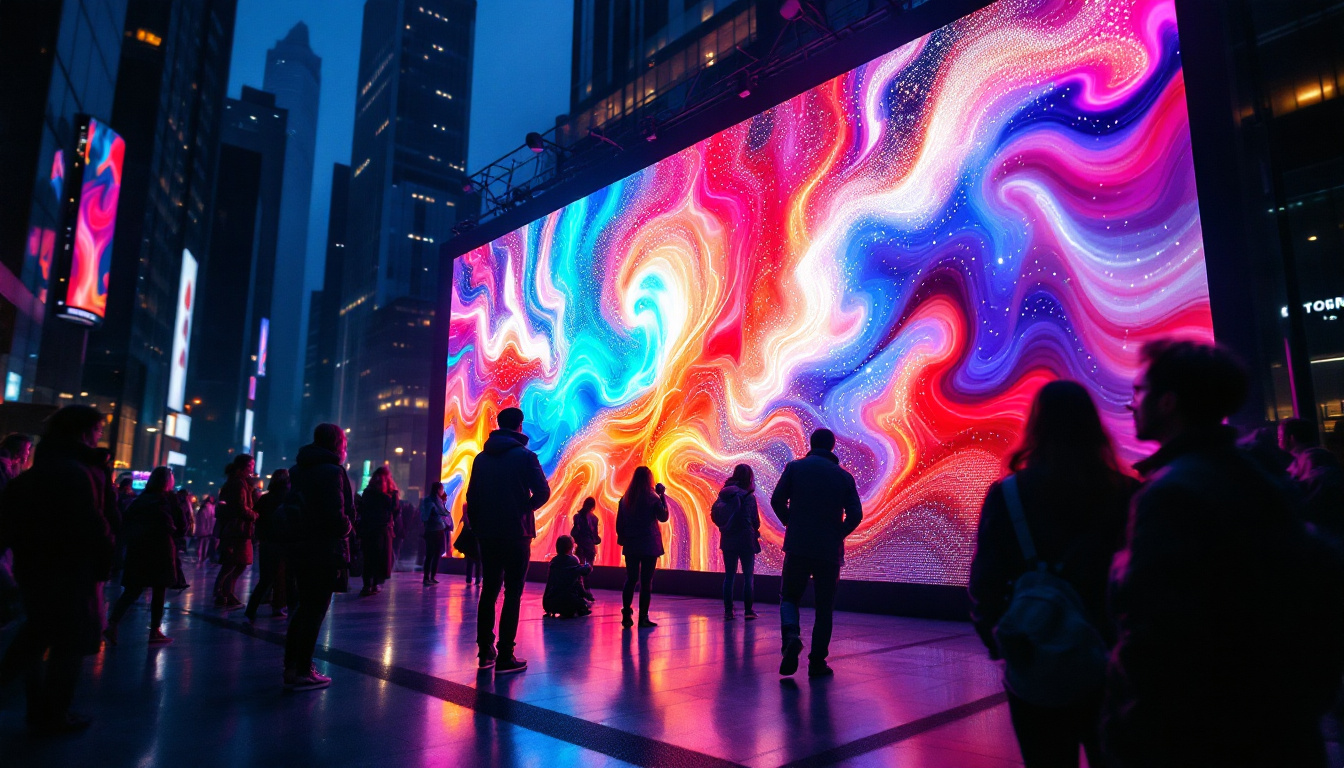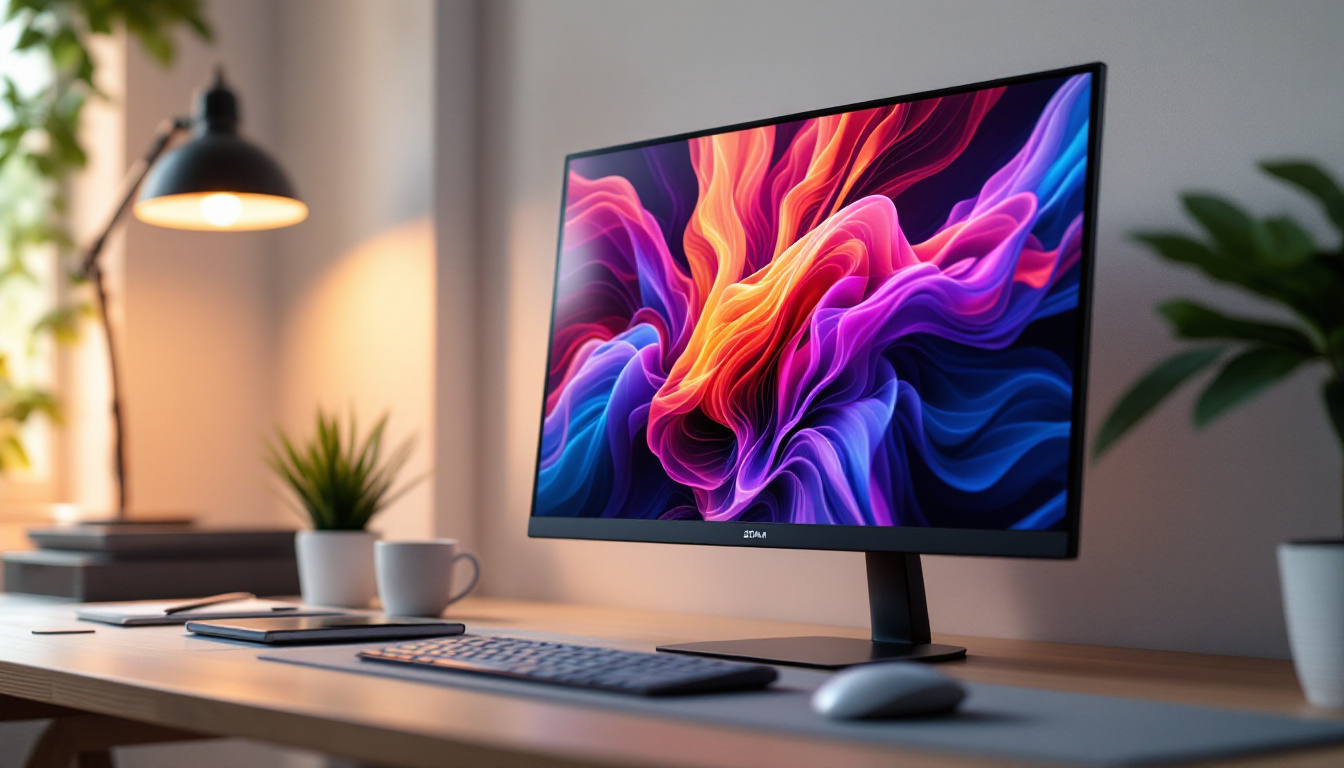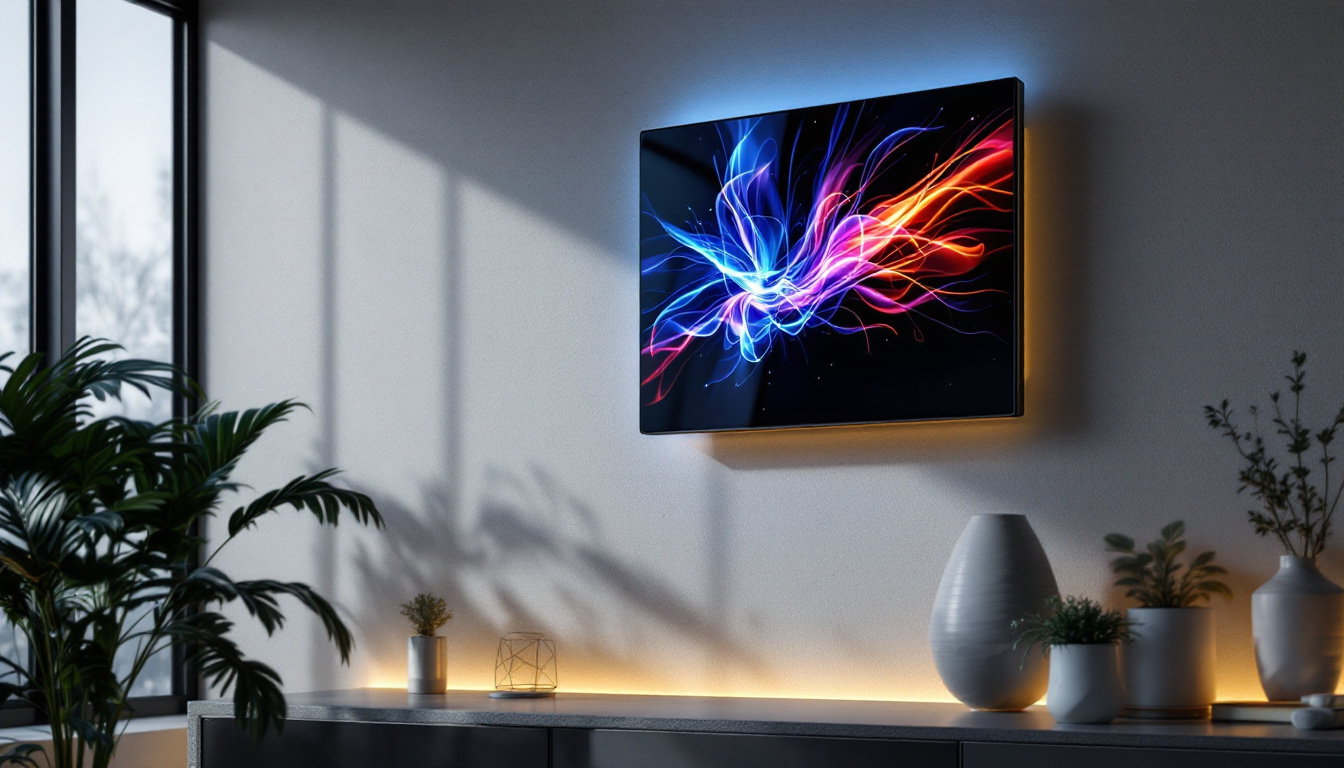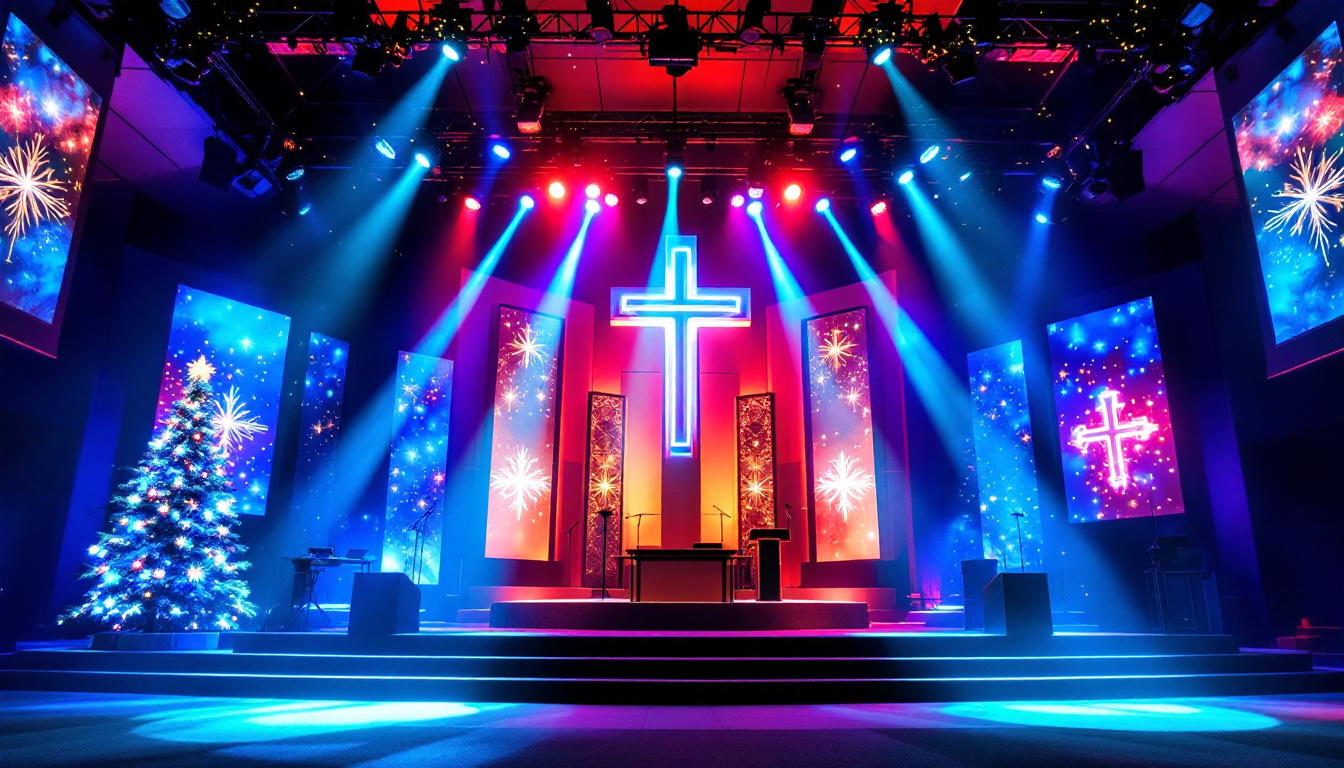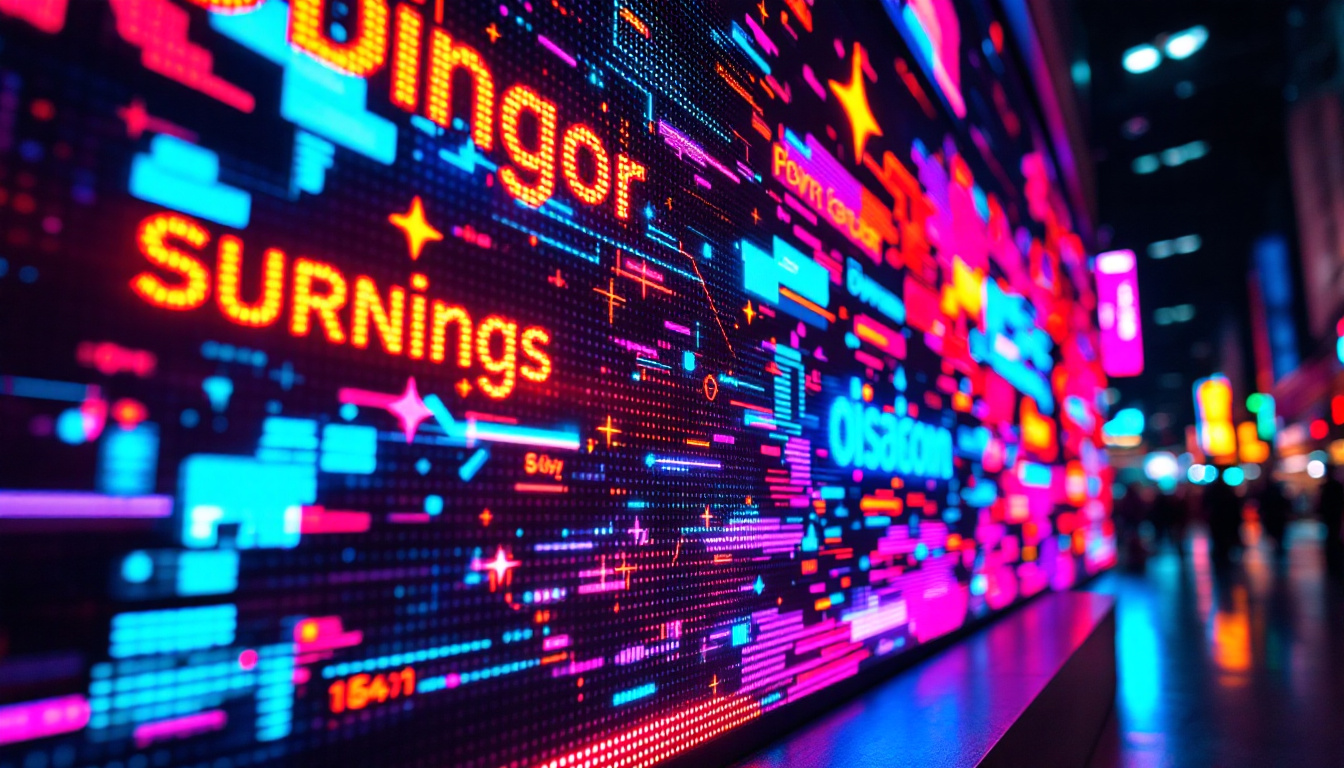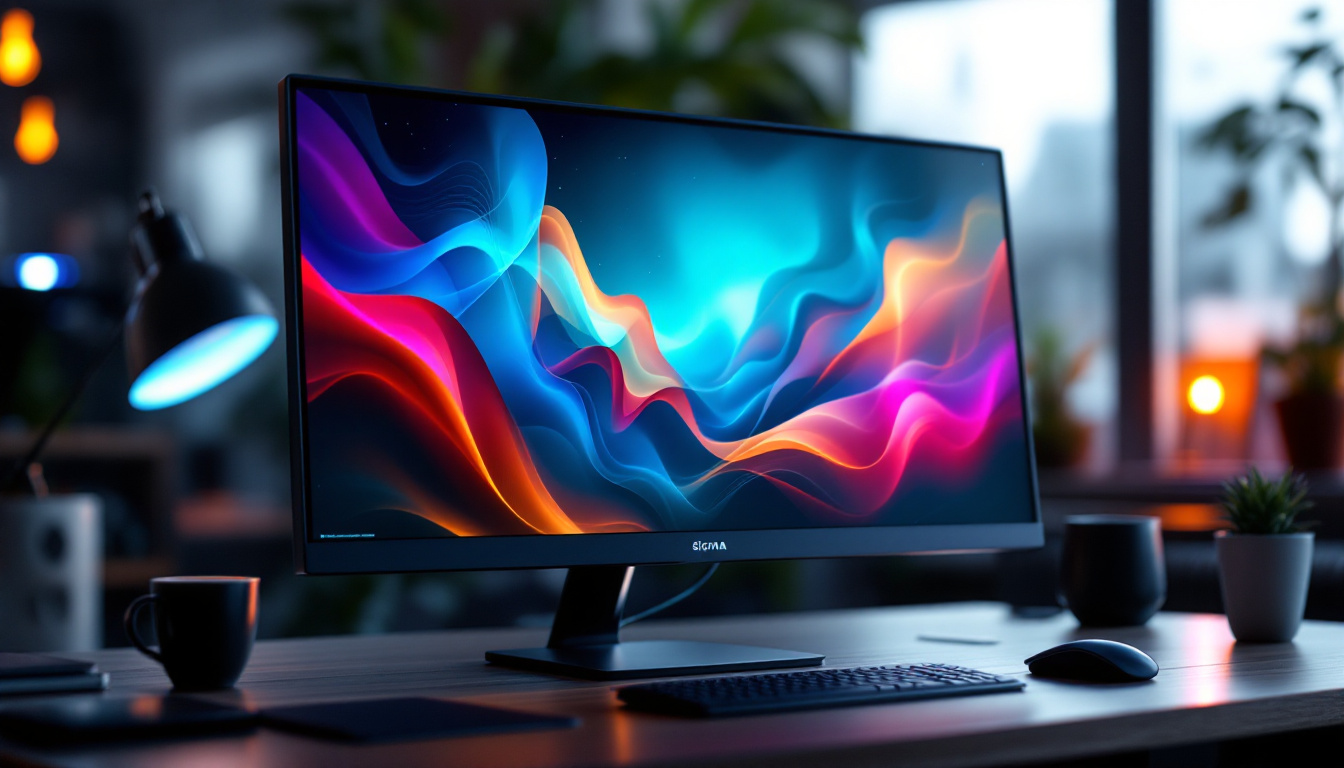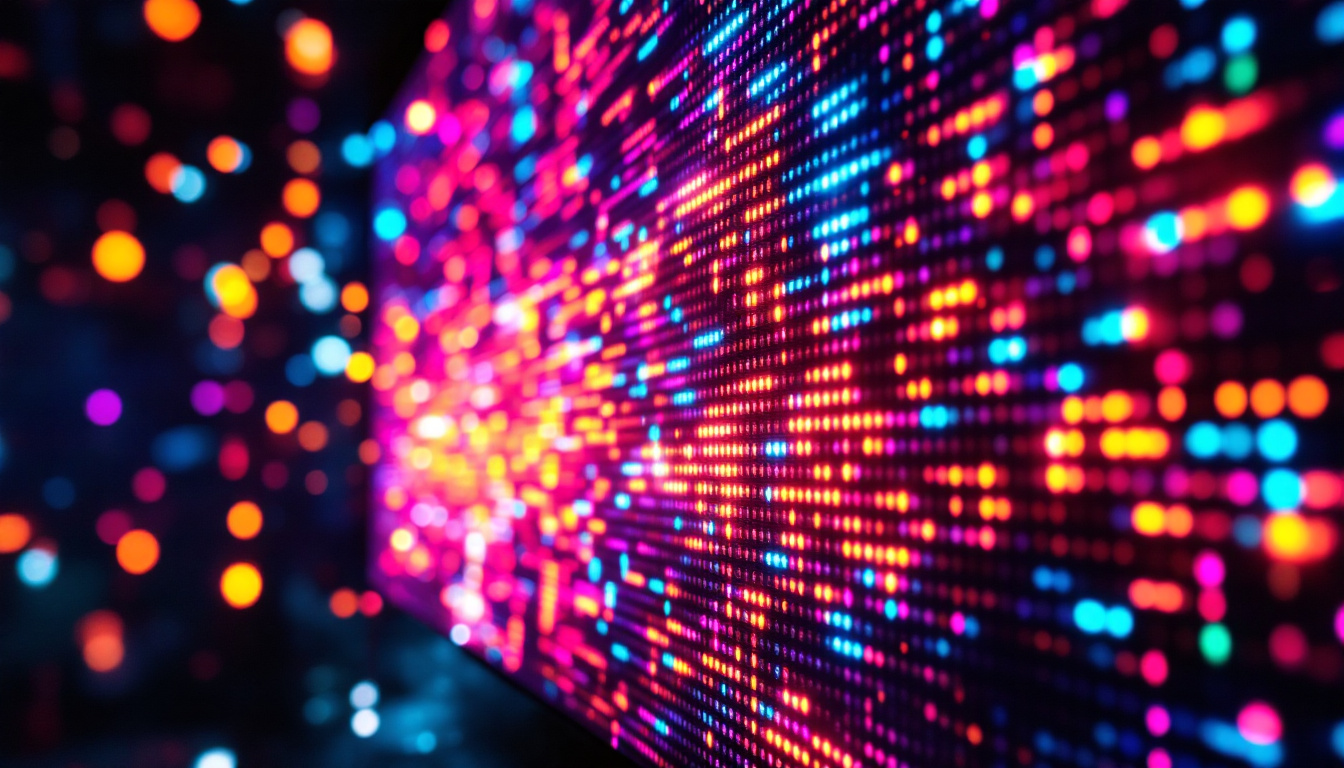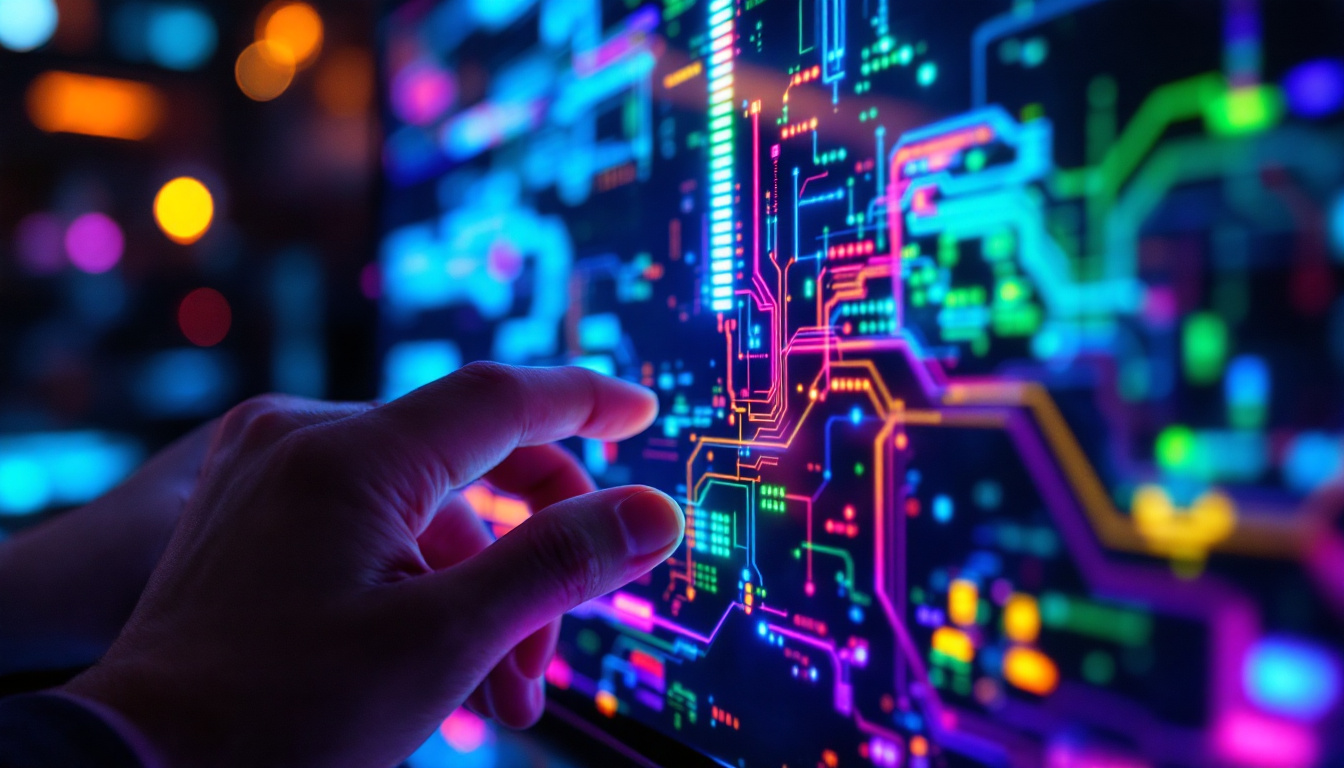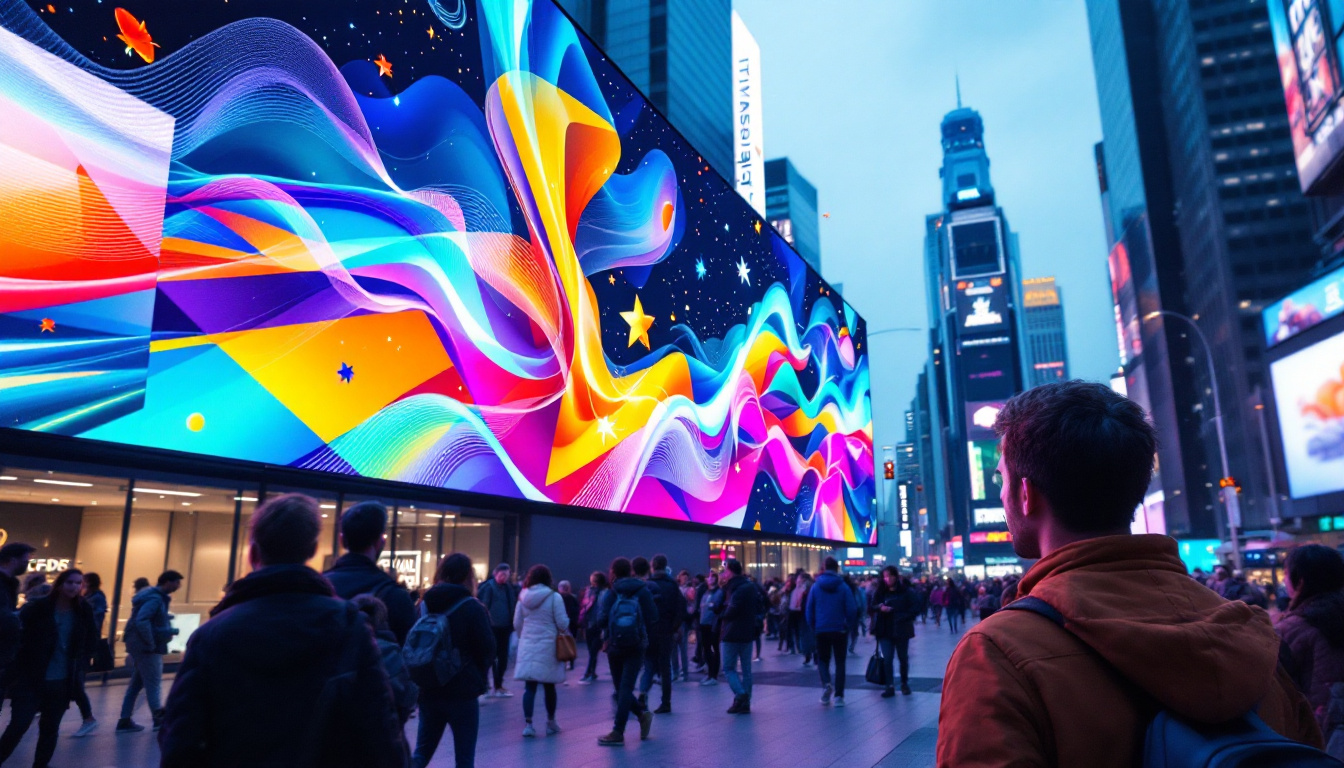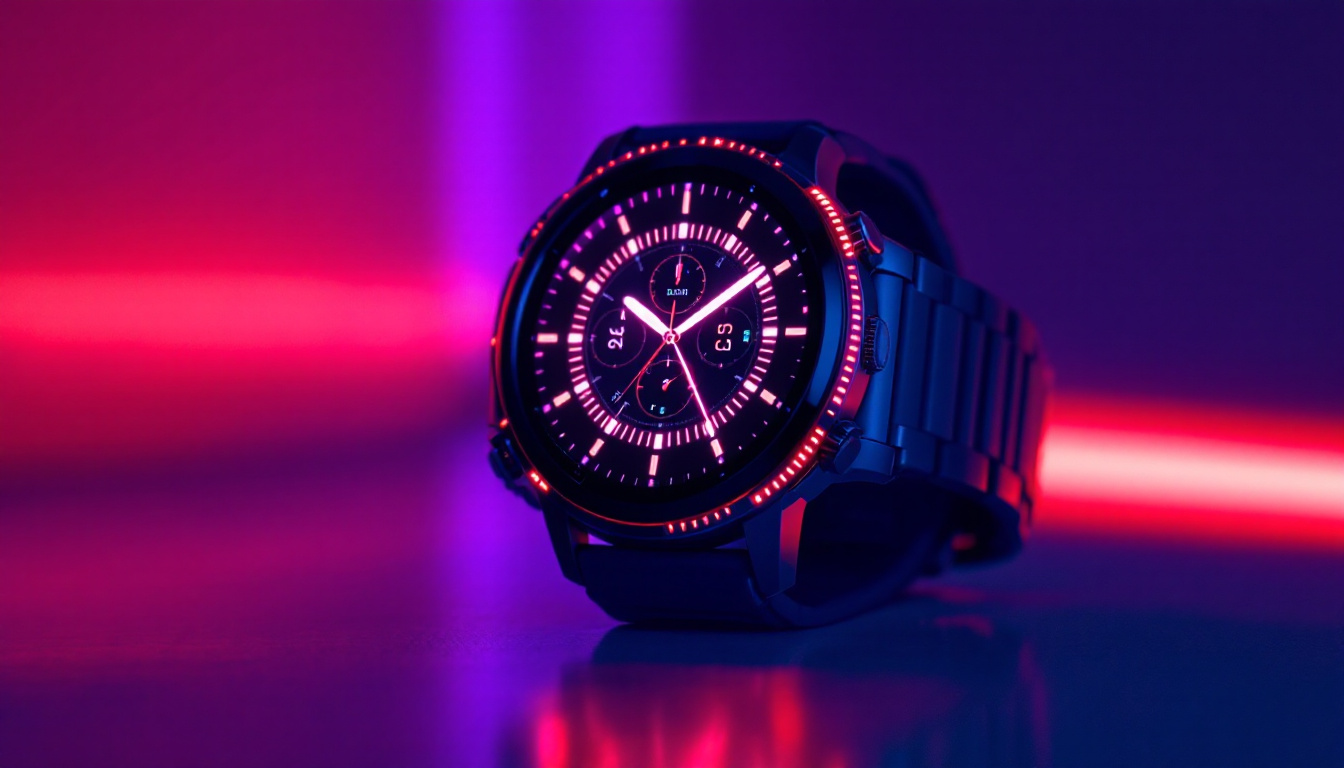In the world of entertainment and events, visual impact plays a crucial role in engaging audiences. One of the most effective ways to achieve this is through LED stage screens. These high-tech displays have transformed how performances, presentations, and events are experienced, offering vibrant colors, high resolution, and flexibility. This article delves into the intricacies of LED displays, their types, applications, and advantages, providing a comprehensive understanding of how they work and why they are essential in modern events.
Understanding LED Technology
LED, or Light Emitting Diode, technology has revolutionized the way we display images and videos. Unlike traditional projection systems, LED displays utilize tiny diodes that emit light when an electric current passes through them. This results in bright, energy-efficient screens that can produce stunning visuals. The longevity of LED technology also plays a significant role in its popularity, as these diodes can last up to 100,000 hours, significantly reducing maintenance and replacement costs compared to older technologies.
The Basics of LED Displays
At its core, an LED display consists of multiple pixels, each made up of red, green, and blue (RGB) diodes. By adjusting the intensity of these colors, a wide spectrum of hues can be created, allowing for rich and dynamic images. The resolution of an LED display is determined by the number of pixels per square meter, with higher pixel density providing sharper images. Additionally, advancements in technology have led to the development of HDR (High Dynamic Range) capabilities in LED displays, which enhances contrast and color accuracy, making the viewing experience even more immersive.
Types of LED Displays
LED displays come in various types, each suited for different applications. The most common types include:
- Indoor LED Displays: These screens are designed for use in enclosed spaces. They typically have a higher pixel density, ensuring crisp visuals even from close distances. Indoor LED displays are often used in venues such as theaters, shopping malls, and conference rooms, where high-quality imagery is essential for engaging audiences.
- Outdoor LED Displays: Built to withstand the elements, outdoor LED screens are more robust and have lower pixel density. They are often used for advertising billboards, concerts, and sporting events. These displays are engineered to be weather-resistant, featuring protective coatings that guard against rain, dust, and UV damage, ensuring they remain vibrant and functional in various environmental conditions.
- Transparent LED Displays: These innovative screens allow light to pass through, enabling unique applications in retail and architecture. They provide visual appeal without obstructing views. Retailers are increasingly using transparent LED displays to create eye-catching advertisements that maintain the aesthetic of their storefronts, while architects are incorporating them into building designs to create striking visual effects that blend technology with modern architecture.
Furthermore, the rise of flexible LED displays has opened up new possibilities in design and installation. These displays can be bent and shaped to fit unconventional spaces, making them ideal for creative installations in museums, exhibitions, and art galleries. As technology continues to evolve, we can expect to see even more innovative applications of LED displays, enhancing our visual experiences in everyday life.
Applications of LED Stage Screens
LED stage screens have become a staple in various industries, enhancing the viewer experience in numerous ways. Their versatility allows them to be used in a wide array of settings.
Concerts and Live Events
In the music industry, LED displays are indispensable. They serve as backdrops for performances, creating immersive environments that enhance the overall experience. Artists can use these screens to display visuals that complement their music, engage the audience, and create memorable moments.
Additionally, LED screens can be synchronized with lighting and sound systems, allowing for a cohesive production that captivates attendees. The ability to change visuals in real-time adds a dynamic element to live performances, keeping audiences engaged throughout the event. This synchronization not only enhances the aesthetic appeal but also helps in storytelling, as artists can weave narratives through visual cues that resonate with the audience’s emotions. The integration of augmented reality (AR) with LED screens is also on the rise, offering fans an even more interactive experience, where they can see digital elements merging seamlessly with live performances.
Corporate Events and Presentations
For corporate events, LED displays offer a professional and polished way to present information. Whether it’s a product launch, conference, or seminar, these screens can display slides, videos, and live feeds, ensuring that all attendees can see the content clearly.
Moreover, the high resolution of LED screens allows for detailed graphics and animations, making presentations more engaging. This technology also facilitates interactive elements, such as audience polling and Q&A sessions, enhancing participation and feedback. In addition, the flexibility of LED screens means they can be configured in various shapes and sizes to fit different venues, from intimate boardrooms to expansive auditoriums. This adaptability, combined with the ability to integrate social media feeds, allows companies to create a more connected and engaging atmosphere, encouraging real-time interaction and dialogue among attendees.
Advertising and Marketing
In the realm of advertising, LED displays have become a powerful tool for marketers. Their vibrant colors and brightness attract attention, making them ideal for outdoor advertising. Businesses can showcase dynamic content, such as videos and animations, which can be easily updated to reflect promotions or new products.
Moreover, the ability to target specific audiences based on location and time makes LED advertising highly effective. Digital billboards can change messages throughout the day, ensuring that the content is relevant and timely. The use of LED screens in retail environments has also transformed the shopping experience, with stores utilizing them to display promotions, product demonstrations, and even customer testimonials. This not only draws customers in but also enhances their shopping journey by providing them with valuable information and entertainment, ultimately leading to increased sales and brand loyalty. As technology continues to evolve, the integration of AI-driven content that adapts to consumer behavior is set to revolutionize how businesses engage with their audiences through LED displays.
Advantages of LED Stage Screens
The popularity of LED stage screens can be attributed to their numerous advantages over traditional display technologies. Understanding these benefits can help organizations make informed decisions when investing in visual technology.
High Brightness and Visibility
One of the standout features of LED displays is their brightness. They can produce vivid colors and high contrast even in well-lit environments, making them ideal for outdoor use. This high visibility ensures that content is easily seen from various distances, enhancing audience engagement.
Energy Efficiency
LED technology is known for its energy efficiency. Compared to traditional lighting systems, LED displays consume significantly less power, which can lead to substantial cost savings over time. This efficiency also contributes to a lower carbon footprint, making LED displays an environmentally friendly choice.
Durability and Longevity
LED displays are built to last. They are resistant to shock and vibration, making them suitable for various environments, including outdoor settings. Additionally, with proper maintenance, LED screens can have a lifespan of up to 100,000 hours, reducing the need for frequent replacements.
Challenges and Considerations
While LED stage screens offer numerous advantages, there are also challenges and considerations that organizations should keep in mind. Understanding these factors can help ensure successful implementation and use.
Initial Investment Costs
One of the primary challenges associated with LED displays is the initial investment cost. High-quality LED screens can be expensive, which may deter some organizations from making the switch. However, it is essential to consider the long-term benefits and potential return on investment that these displays can provide.
Technical Expertise
Operating LED displays often requires technical expertise, especially when it comes to setup, programming, and maintenance. Organizations may need to invest in training staff or hiring professionals to ensure that the displays are used effectively and efficiently.
Content Management
Creating engaging content for LED displays is crucial for maximizing their impact. Organizations must invest time and resources into developing high-quality visuals that resonate with their target audience. This includes understanding the best practices for designing content specifically for LED technology.
Future Trends in LED Display Technology
The LED display industry continues to evolve, with new technologies and trends emerging regularly. Staying informed about these developments can help organizations leverage the latest advancements to enhance their visual presentations.
Advancements in Resolution
As technology progresses, the resolution of LED displays is continually improving. The introduction of microLED and miniLED technologies is paving the way for even higher pixel densities, resulting in sharper and more detailed images. This advancement will enhance the viewing experience, especially for close-range applications.
Integration with Augmented and Virtual Reality
Another exciting trend is the integration of LED displays with augmented reality (AR) and virtual reality (VR). This combination allows for immersive experiences that blend digital content with the real world. As AR and VR technologies become more mainstream, LED displays will play a crucial role in delivering these experiences.
Increased Customization and Flexibility
Future LED displays are expected to offer greater customization options, allowing organizations to tailor screens to their specific needs. This includes flexible displays that can be shaped and configured to fit various environments, enhancing creative possibilities for designers and event planners.
Conclusion
LED stage screens have transformed the landscape of visual presentations, offering unparalleled brightness, energy efficiency, and versatility. From concerts to corporate events, these displays enhance audience engagement and create memorable experiences. While there are challenges to consider, the benefits of LED technology far outweigh the drawbacks.
As advancements in LED technology continue to emerge, organizations that embrace these innovations will be better positioned to captivate their audiences and stand out in an increasingly competitive environment. Understanding the intricacies of LED displays is essential for anyone looking to leverage this powerful tool in their events and marketing strategies.
In summary, LED stage screens represent the future of visual technology, and their impact will only continue to grow as more organizations recognize their potential. Investing in LED displays is not just a choice; it is a strategic decision that can elevate any event or presentation to new heights.
Discover LumenMatrix LED Display Solutions
Ready to elevate your events and presentations with the latest in LED technology? LumenMatrix is at the forefront of creating immersive visual experiences with a diverse range of LED display solutions. From the clarity of Indoor LED Wall Displays to the durability of Outdoor LED Wall Displays, and the innovation of Transparent LED Displays, we have the technology to bring your vision to life. Embrace the future of visual communication with LumenMatrix and ensure your message resonates with brilliance and precision. Check out LumenMatrix LED Display Solutions today and transform your space into a captivating showcase of engagement.

